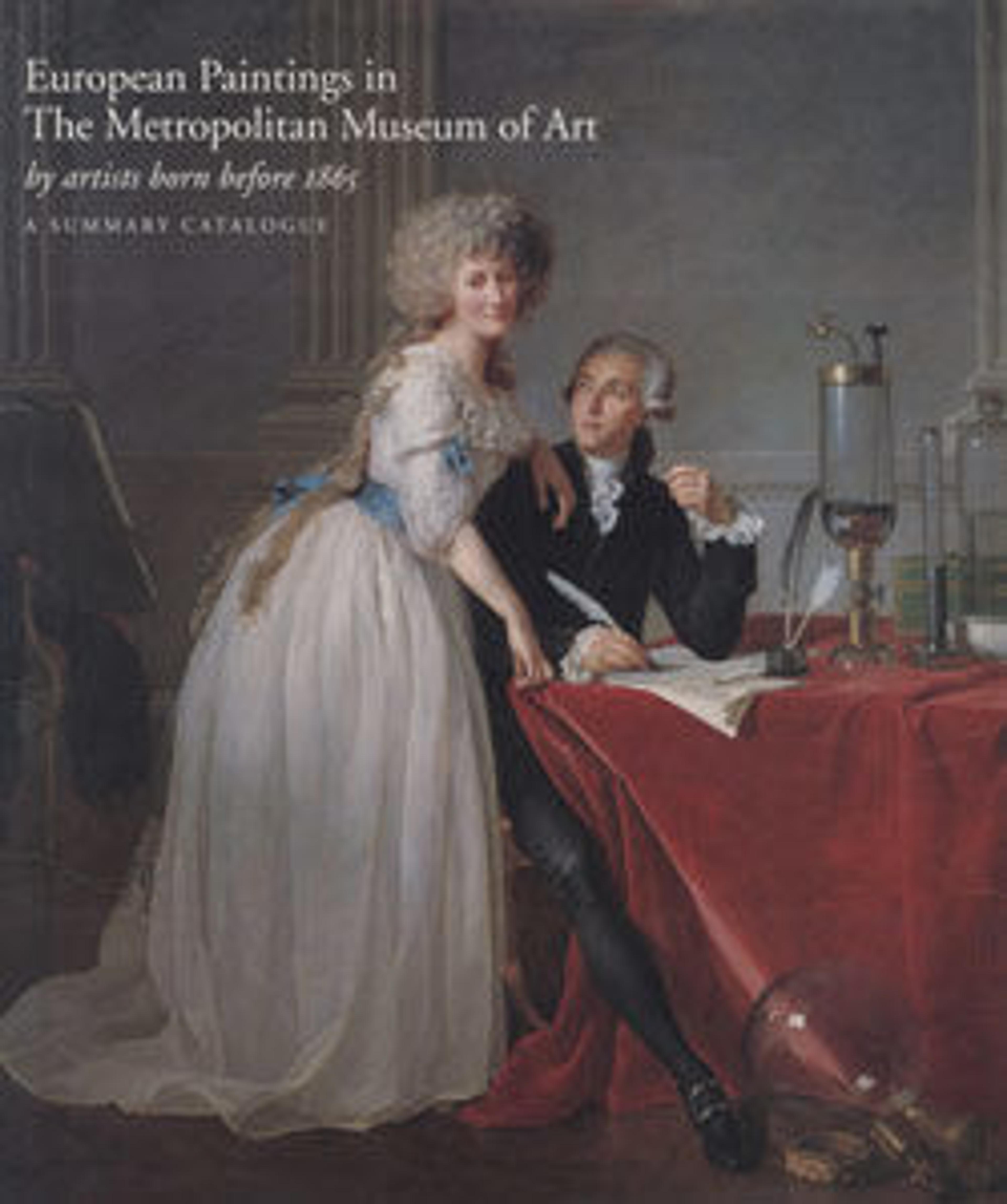The Chess Players
These companion panels are from the front of a chest (cassone) and show two episodes from an unidentified story, or novella. In one, a youth is smitten by a maiden who appears at a window and seems to gesture for him to join her inside. In the other, they engage in an erotically charged game of chess where she is about to lose. Both were common themes in the amatory literature of the Renaissance. The figures’ bleached blond, frizzy hair was the height of fashion in fifteenth-century Siena. Liberale was a brilliant illuminator and worked on choirbooks in Siena between 1467 and 1476.
Artwork Details
- Title:The Chess Players
- Artist:Liberale da Verona (Italian, Verona ca. 1445–1527/29 Verona)
- Date:ca. 1475
- Medium:Tempera on wood
- Dimensions:Overall 13 3/4 x 16 1/4 in. (34.9 x 41.3 cm); painted surface 13 1/8 x 15 7/8 in. (33.3 x 40.3 cm)
- Classification:Paintings
- Credit Line:Maitland F. Griggs Collection, Bequest of Maitland F. Griggs, 1943
- Object Number:43.98.8
- Curatorial Department: European Paintings
More Artwork
Research Resources
The Met provides unparalleled resources for research and welcomes an international community of students and scholars. The Met's Open Access API is where creators and researchers can connect to the The Met collection. Open Access data and public domain images are available for unrestricted commercial and noncommercial use without permission or fee.
To request images under copyright and other restrictions, please use this Image Request form.
Feedback
We continue to research and examine historical and cultural context for objects in The Met collection. If you have comments or questions about this object record, please contact us using the form below. The Museum looks forward to receiving your comments.
